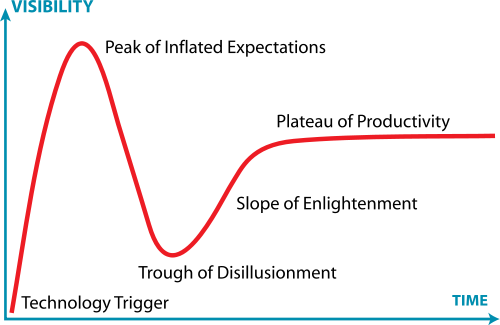My standard fall-through-spring attire includes three layers of shirts (at least one of which is a sweater), jeans, and two pairs of socks. I often wear a scarf, and not a stylish frou-frou scarf that’s knotted to the side, but something knit and chunky and long enough to encircle an elephant.
Did I mention this is what I’m wearing indoors?
So when we bought a new house recently, one of the first things I wanted to do was to make it cozy. Because when I say “new house” I mean new to me, and built in 1951 complete with the original 4 scant inches of attic insulation. My pink bathroom I loved, the single-pane windows that were drafty even when closed, I did not.

I knew my house had energy issues, but what exactly were they, and which ones were most cost effective to fix? I needed help from the pros.
Happily, my esteemed Sightline colleague Jen Langston had reported that in Seattle, a professional energy audit is cheap and easy to come by. That’s because Seattle City Light offers subsidized audits – like $95 out of pocket when the assessment would normally cost about $400, plus you get a truckload of fluorescent bulbs for free. And the city has a list of certified folks to do the work, so you don’t have to do a lot of research hunting for someone reliable.
So I took the first step. I browsed the list and contacted Revolution Green Power because they were located in the Northend, nearish my house.



